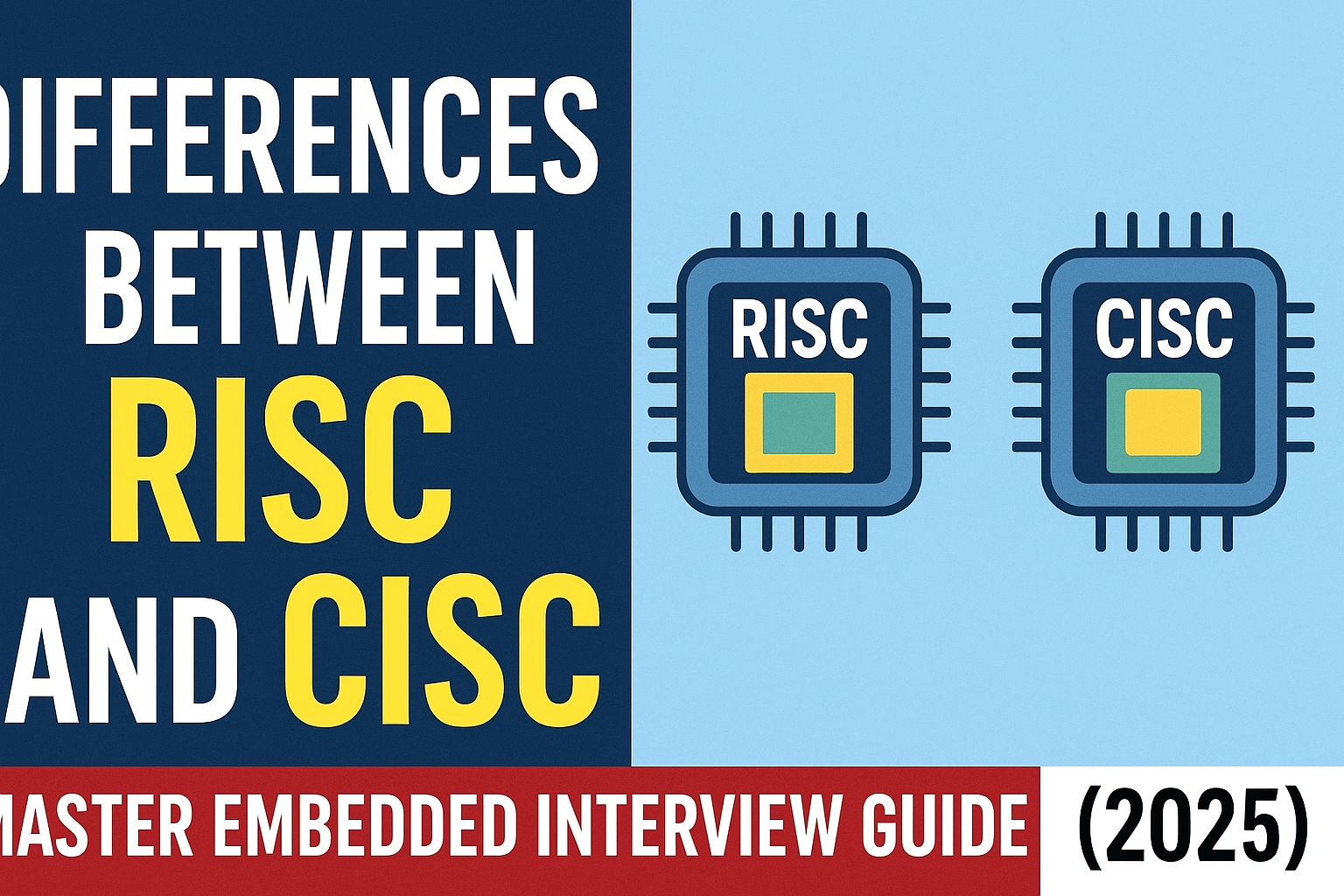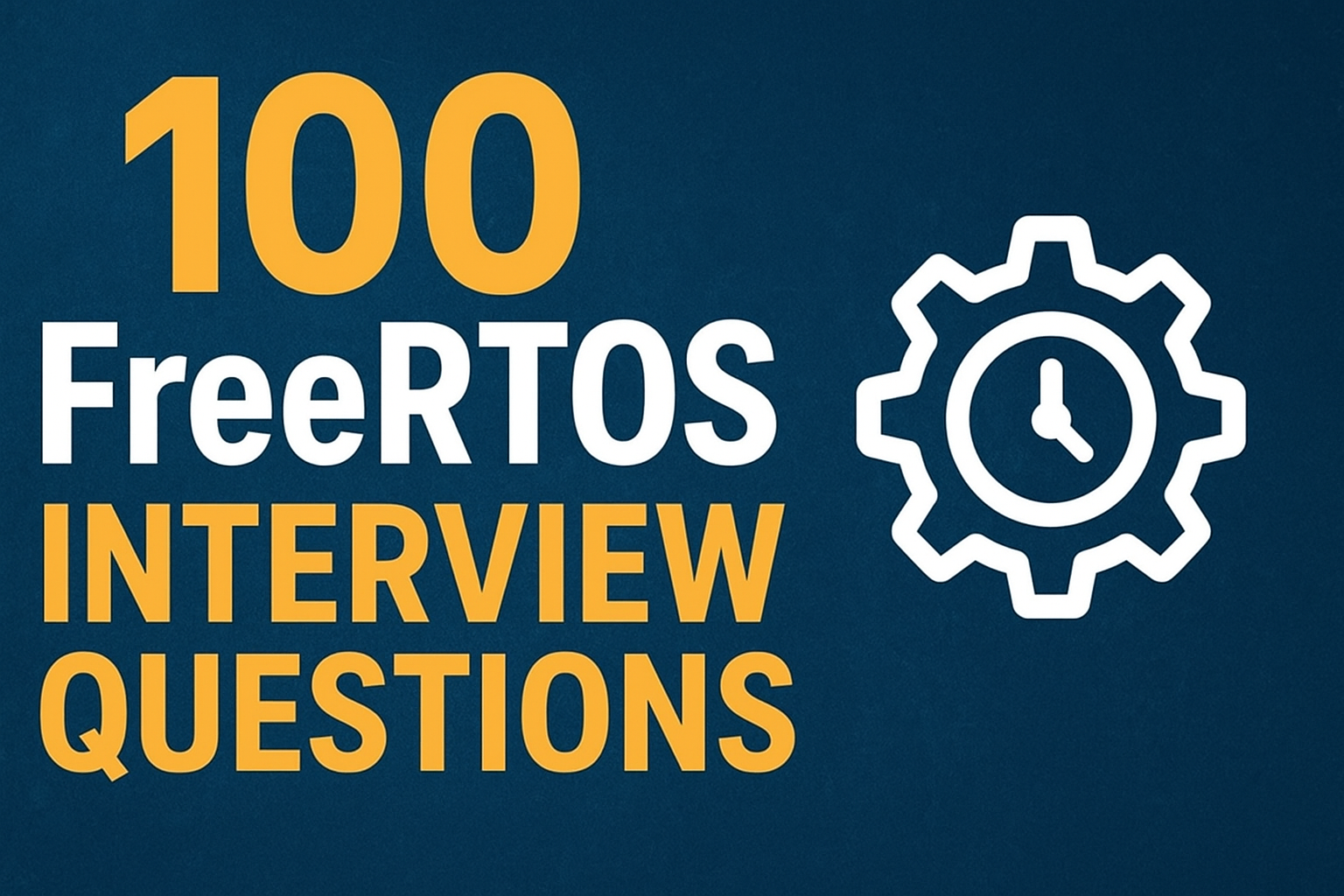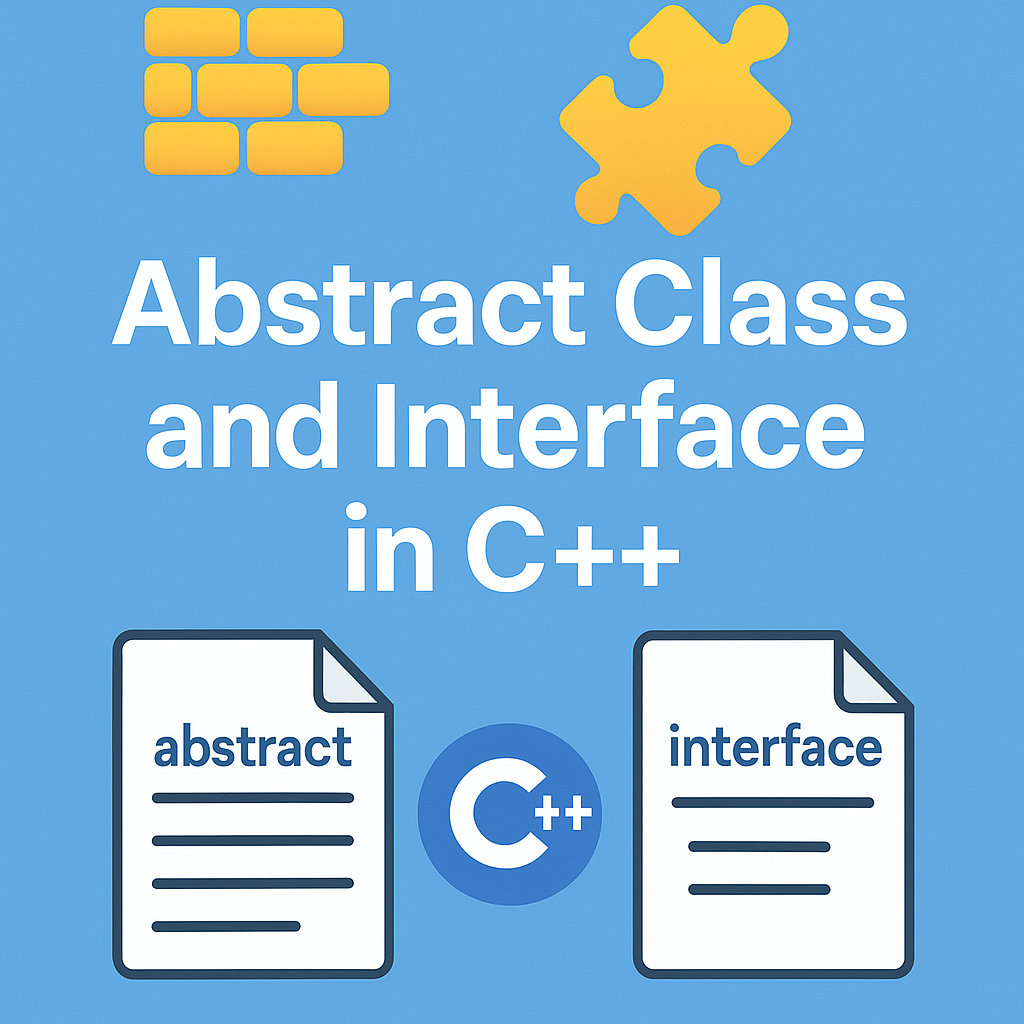Differences between RISC and CISC : Discover the differences between RISC and CISC processors, their advantages, disadvantages, and applications in computers and embedded systems. Learn which processor architecture suits your needs
Differences between RISC and CISC
In the world of computer architecture, RISC and CISC are two foundational processor designs that have shaped how modern computers work. Understanding these architectures is essential for students, engineers, and tech enthusiasts who want to deepen their knowledge of computer processors and embedded systems. In this article, we will explain what RISC and CISC are, their differences, advantages, disadvantages, and real-world applications.
What is RISC (Reduced Instruction Set Computer)?
RISC stands for Reduced Instruction Set Computer. It is a type of microprocessor architecture that uses a small set of simple instructions, allowing the processor to execute instructions faster. The main idea behind RISC is simplicity and efficiency. Each instruction is designed to perform a very basic operation, which typically completes in one clock cycle.
Key Features of RISC
- Simplified Instructions: Executes basic instructions only.
- Uniform Instruction Length: All instructions usually have the same size.
- Load/Store Architecture: Memory access is done only through specific instructions.
- Faster Execution: Due to simplicity, pipelines can be implemented efficiently.
- Low Power Consumption: Less complex hardware reduces energy usage.
Advantages of RISC
- High performance for simple instructions.
- Easier to design and optimize pipelines.
- Efficient for embedded systems and mobile devices.
Disadvantages of RISC
- Requires more instructions to perform complex tasks.
- Larger program size due to the higher number of instructions.
Examples of RISC Processors
- ARM (Advanced RISC Machine)
- MIPS (Microprocessor without Interlocked Pipeline Stages)
- SPARC (Scalable Processor Architecture)
What is CISC (Complex Instruction Set Computer)?
CISC stands for Complex Instruction Set Computer. Unlike RISC, CISC processors use a large set of instructions, including complex operations that can perform multiple tasks in a single instruction. The main goal of CISC is to reduce the number of instructions per program, even if it increases the complexity of each instruction.
Key Features of CISC
- Complex Instructions: Each instruction can perform multiple low-level operations.
- Variable Instruction Length: Instructions can have different sizes.
- Memory-to-Memory Operations: Allows operations directly on memory without using registers.
- Fewer Instructions per Program: Reduces the need for repetitive coding.
Advantages of CISC
- Reduced program size.
- Easier for programmers to implement complex algorithms.
- More powerful instructions can simplify software development.
Disadvantages of CISC
- Slower execution due to instruction complexity.
- More power consumption and heat generation.
- Complex design and harder to optimize pipelines.
Examples of CISC Processors
- Intel x86 Series
- VAX (Virtual Address eXtension)
- IBM System/360
Differences between RISC and CISC
| Feature | RISC | CISC |
|---|---|---|
| Full Form | Reduced Instruction Set Computer | Complex Instruction Set Computer |
| Instruction Set | Simple and small | Large and complex |
| Execution | Single clock cycle per instruction | Multiple clock cycles per instruction |
| Memory Access | Load/Store instructions only | Memory-to-memory instructions allowed |
| Program Size | Larger | Smaller |
| Hardware Complexity | Simple | Complex |
| Examples | ARM, MIPS, SPARC | Intel x86, VAX |
Applications of RISC and CISC
- RISC Processors are commonly used in smartphones, tablets, embedded systems, and IoT devices because of their efficiency and low power consumption.
- CISC Processors dominate personal computers, servers, and workstations, where performance and complex computations are required.
Why Understanding RISC and CISC is Important
Knowing the difference between RISC and CISC helps in:
- Selecting the right processor architecture for specific applications.
- Optimizing software for performance and energy efficiency.
- Understanding the evolution of modern CPUs and embedded systems.
Conclusion of topic Differences between RISC and CISC
Both RISC and CISC architectures have their own advantages and use cases. While RISC focuses on simplicity and speed, making it ideal for mobile and embedded devices, CISC emphasizes powerful instructions and ease of programming, making it suitable for desktops and servers. Understanding these architectures is crucial for anyone working in computer engineering, embedded systems, or software development.
Frequently Asked Questions (FAQ) | Differences between RISC and CISC
1. What is the difference between RISC and CISC?
RISC (Reduced Instruction Set Computer) uses a small set of simple instructions executed quickly, while CISC (Complex Instruction Set Computer) uses a large set of complex instructions, often requiring multiple clock cycles.
2. Which is better, RISC or CISC?
It depends on the application. RISC is ideal for embedded systems and mobile devices due to efficiency and low power consumption, whereas CISC is suited for desktops and servers requiring complex computations.
3. What are some examples of RISC processors?
Popular RISC processors include ARM, MIPS, and SPARC.
4. What are some examples of CISC processors?
Common CISC processors include Intel x86 series, VAX, and IBM System/360.
5. Why do RISC processors use simpler instructions?
RISC processors focus on simplicity to allow faster execution, efficient pipelining, and lower power consumption.
6. Does CISC reduce program size?
Yes, CISC’s complex instructions allow multiple operations in a single instruction, reducing the overall program size.
7. What is the main application of RISC and CISC architectures?
RISC is widely used in smartphones, tablets, and IoT devices, while CISC dominates personal computers, servers, and workstations.
8. Can a processor be both RISC and CISC?
Modern processors often incorporate hybrid designs, combining RISC efficiency with some complex CISC instructions for compatibility.
You can also Visit other tutorials of Embedded Prep
- Multithreading in C++
- Multithreading Interview Questions
- Multithreading in Operating System
- Multithreading in Java
- POSIX Threads pthread Beginner’s Guide in C/C++
- Speed Up Code using Multithreading
- Limitations of Multithreading
- Common Issues in Multithreading
- Multithreading Program with One Thread for Addition and One for Multiplication
- Advantage of Multithreading
- Disadvantages of Multithreading
- Applications of Multithreading: How Multithreading Makes Modern Software Faster and Smarter”
- Master CAN Bus Interview Questions 2025
- What Does CAN Stand For in CAN Bus?
- CAN Bus Message Filtering Explained
- CAN Bus Communication Between Nodes With Different Bit Rates
- How Does CAN Bus Handle Message Collisions
- Message Priority Using Identifiers in CAN Protocol

Mr. Raj Kumar is a highly experienced Technical Content Engineer with 7 years of dedicated expertise in the intricate field of embedded systems. At Embedded Prep, Raj is at the forefront of creating and curating high-quality technical content designed to educate and empower aspiring and seasoned professionals in the embedded domain.
Throughout his career, Raj has honed a unique skill set that bridges the gap between deep technical understanding and effective communication. His work encompasses a wide range of educational materials, including in-depth tutorials, practical guides, course modules, and insightful articles focused on embedded hardware and software solutions. He possesses a strong grasp of embedded architectures, microcontrollers, real-time operating systems (RTOS), firmware development, and various communication protocols relevant to the embedded industry.
Raj is adept at collaborating closely with subject matter experts, engineers, and instructional designers to ensure the accuracy, completeness, and pedagogical effectiveness of the content. His meticulous attention to detail and commitment to clarity are instrumental in transforming complex embedded concepts into easily digestible and engaging learning experiences. At Embedded Prep, he plays a crucial role in building a robust knowledge base that helps learners master the complexities of embedded technologies.



Leave a Reply to Neal Kulas Cancel reply